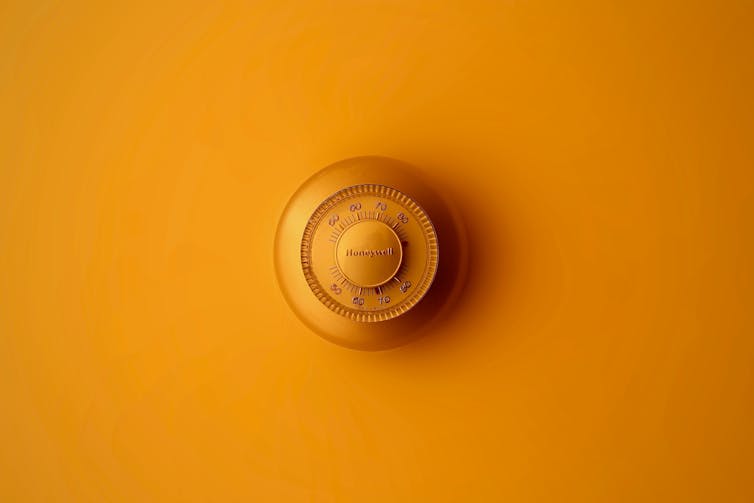By Farzam Kharvari, Laura Arpan, Liam O'Brien and Marianne Touchie
This article is republished from The Conversation under a Creative Commons licence. All photos provided by The Conversation from various sources.
Working from home during the pandemic presented a wide array of challenges and benefits for those who were able to do so. For some, a benefit was workplace comfort.
While the conversation on gender differences when it comes to thermal comfort in the workplace is not new — men tend to report being more comfortable than women — our research on teleworkers’ behaviours during the pandemic revealed that women were more comfortable in their home offices because they could control the temperature, add or remove layers.
Specifically, our results and previous research suggest that workplaces that do not provide personalized thermostat settings or require any formal attire don’t promote equitable thermal comfort conditions.
Survey of teleworkers
Our research team at the Human Building Interaction Laboratory at Carleton University surveyed teleworkers (many of whom relocated to home offices) during the COVID-19 pandemic by conducting in-depth interviews.
We sought to uncover how teleworking impacted workers’ behaviours at home compared to their behaviours in traditional office spaces.
What we found strongly suggests that teleworkers experienced many benefits, including increased productivity, less mental exhaustion and greater thermal comfort.
Working from home: Relaxed formal attire requirements
Our data indicates that improved thermal comfort at home is because of personal control over the thermostat and greater flexibility over what to wear during the workday.
In our study, most teleworkers’ primary action to stay comfortable was to add or remove clothing layers when they felt too hot or cold, unless they had a child. When teleworkers’ had a child, they kept the thermostat set to a temperature that was comfortable for their children.
“I am more comfortable now [at home] because it’s warmer and the office, it was colder,” said one of our interviewees.

(Moja Msanii/Unsplash)
In traditional office settings, employees typically cannot control the thermostat or temperature to suit their needs, which can lead to discomfort.
The situation can be even more challenging for women in settings where relatively formal attire is required. This is because office thermostat settings were originally designed based on men’s formal office attire.
“I remember feeling cold all the time over there [office] […] definitely, that was something that doesn’t happen anymore because it’s my own home, and I’m comfortable with temperatures here,” said an interviewee.
Teleworking brought more relaxed attire requirements to employees because, well, there often weren’t any. Both men and women during video conferencing said they only wore formal clothes on the portion of their bodies that was visible to others via the camera.
Equity in the workplace
While equity in the workplace has many different facets, such as salaries, providing comfortable working conditions for all is one of the primary subcategories of workplace equity.
Our results, along with many others, show that this basic tenet of workplace equity is not achieved in many workplaces when it comes to thermal comfort.
There remains a need to take action and improve conditions in traditional workspaces by giving employees more ways to control the temperature and their comfort. Some solutions may be providing them with flexible or less formal clothing options, or coming up with other ways of improving thermal comfort like desk fans, openable windows and chairs with built-in heaters. Perhaps it’s also time to revisit the ideal office thermostat settings.
Thermal discomfort is just another reason employees may prefer to continue teleworking.

(Hunters Race/Unsplash)
Workplace attire
Business researchers Katherine Karl and Joy Peluchette found that workplace attire was linked to productivity, as well as perceived authoritativeness, trustworthiness, friendliness, creativity and competency of employees. In other words, a company’s goals are directly linked to how employees will be required to dress.
For instance, banks might need their employees to convey a sense of trustworthiness and so require their customer-facing employees to wear more formal clothes, whereas organizations in creative fields might allow their employees to choose their attire more freely.
Our research suggests that employers should revisit formal dress codes and consider personalized thermostat settings. By applying such strategies, organizations can move toward improved workplace equity and benefit from increased productivity and performance.
![]()
Monday, August 22, 2022 in The Conversation
Share: Twitter, Facebook



